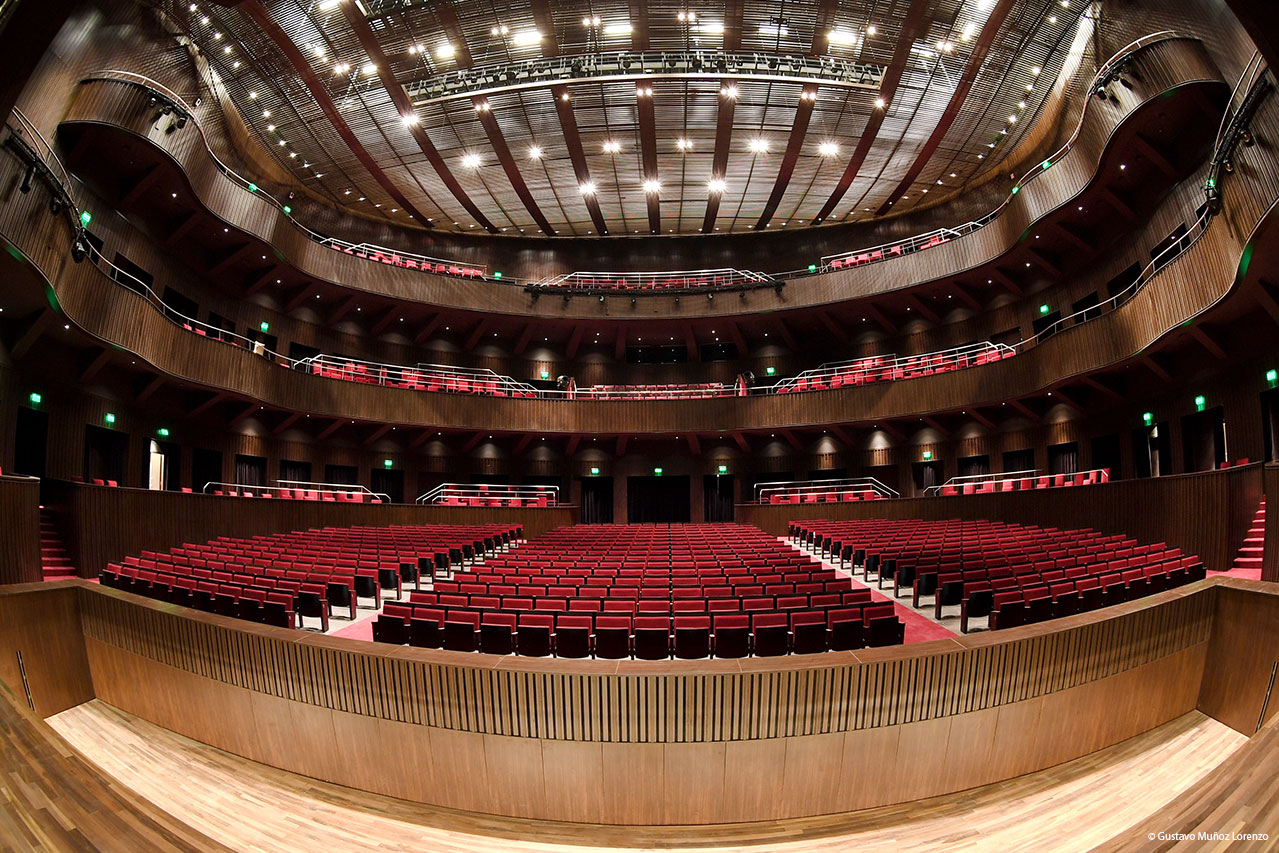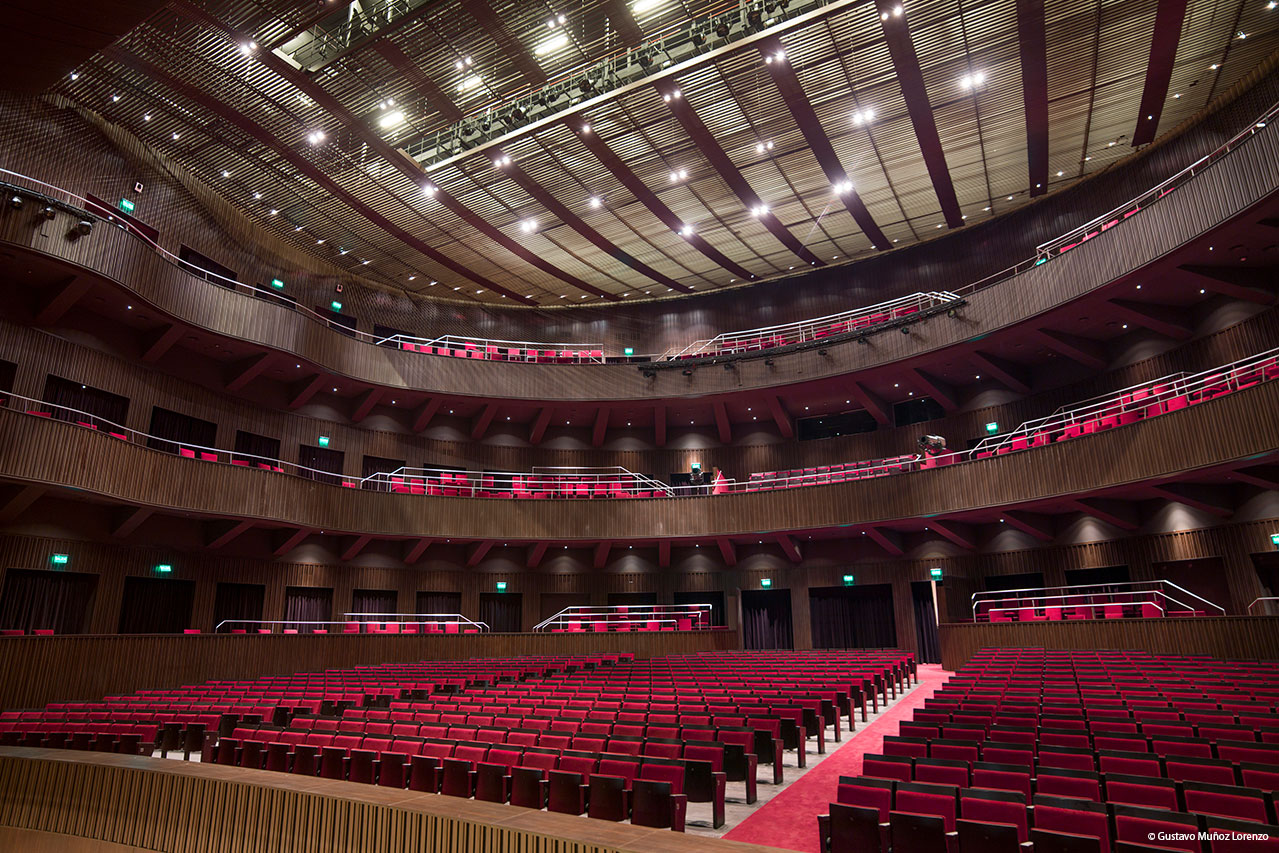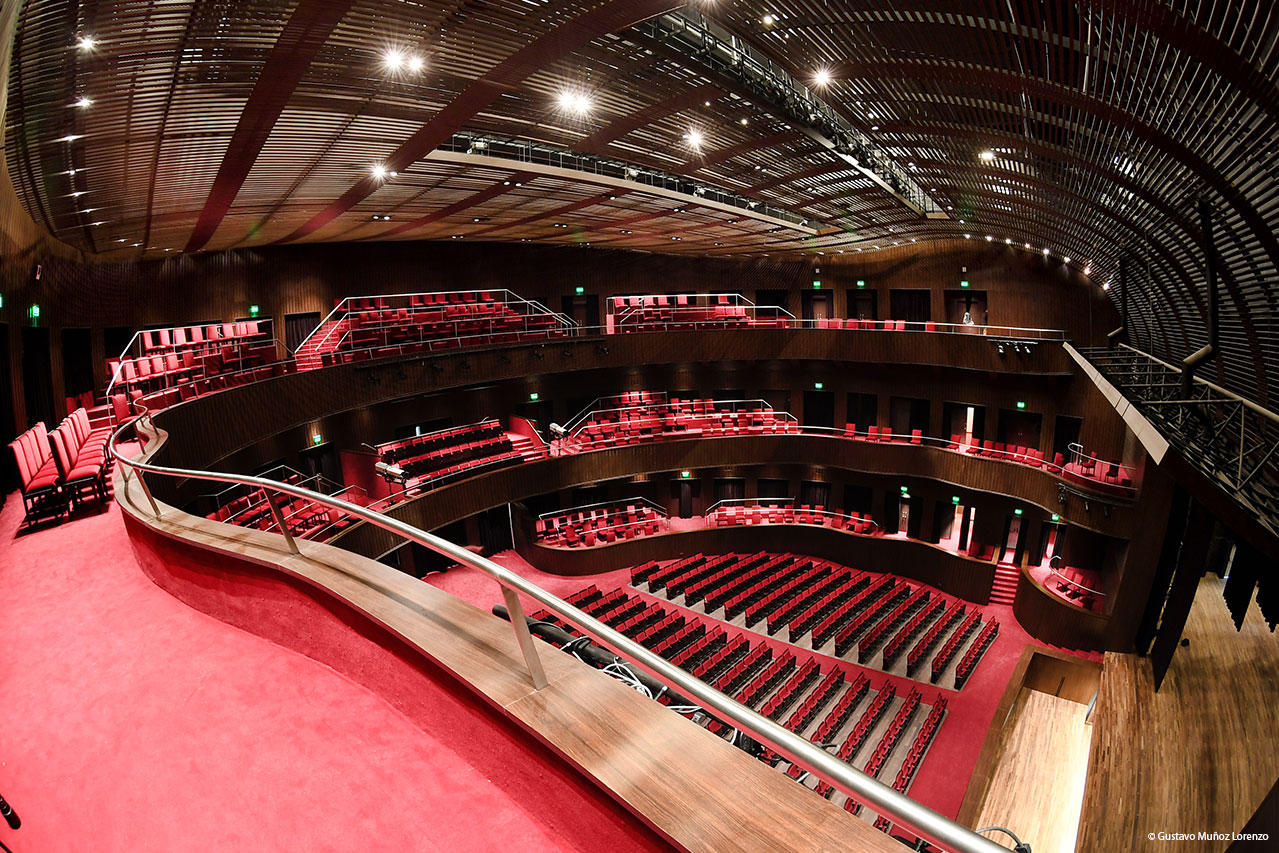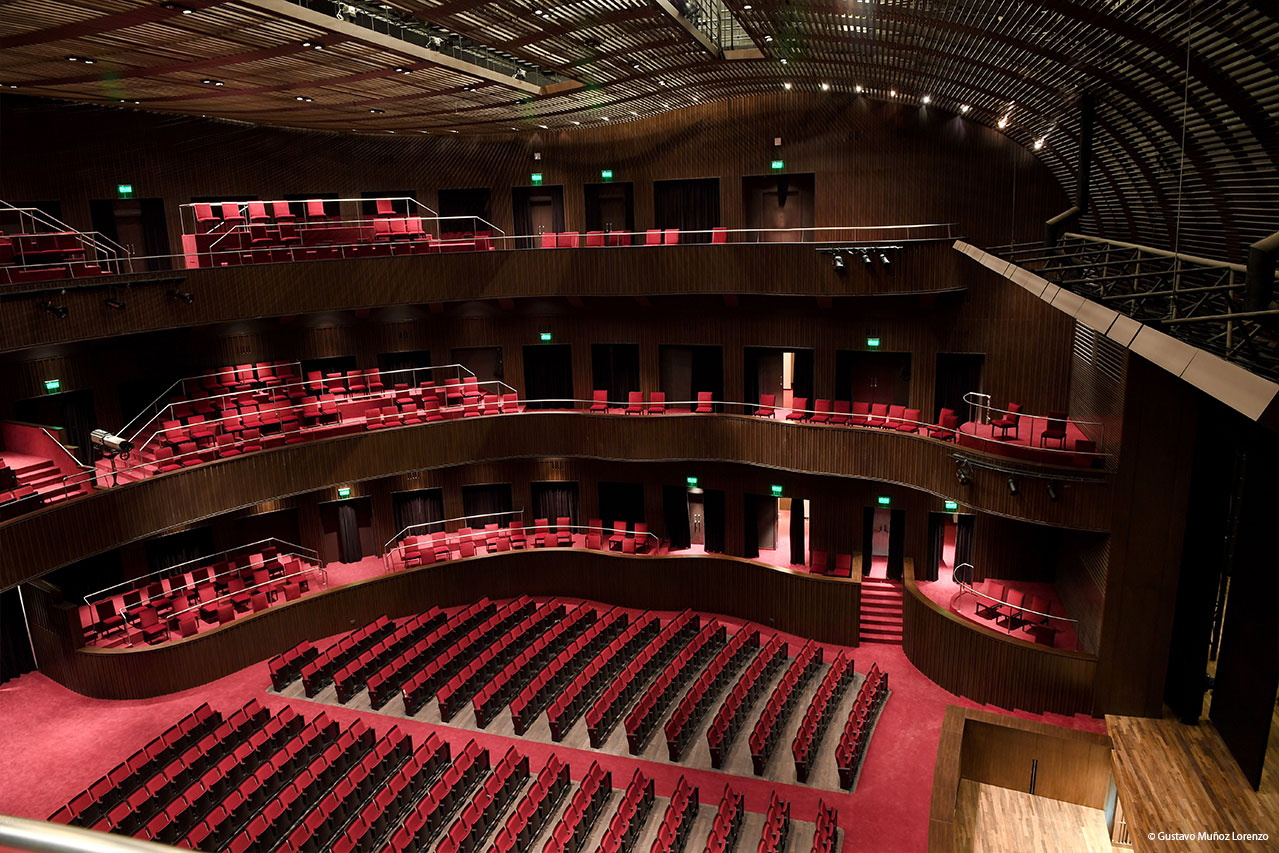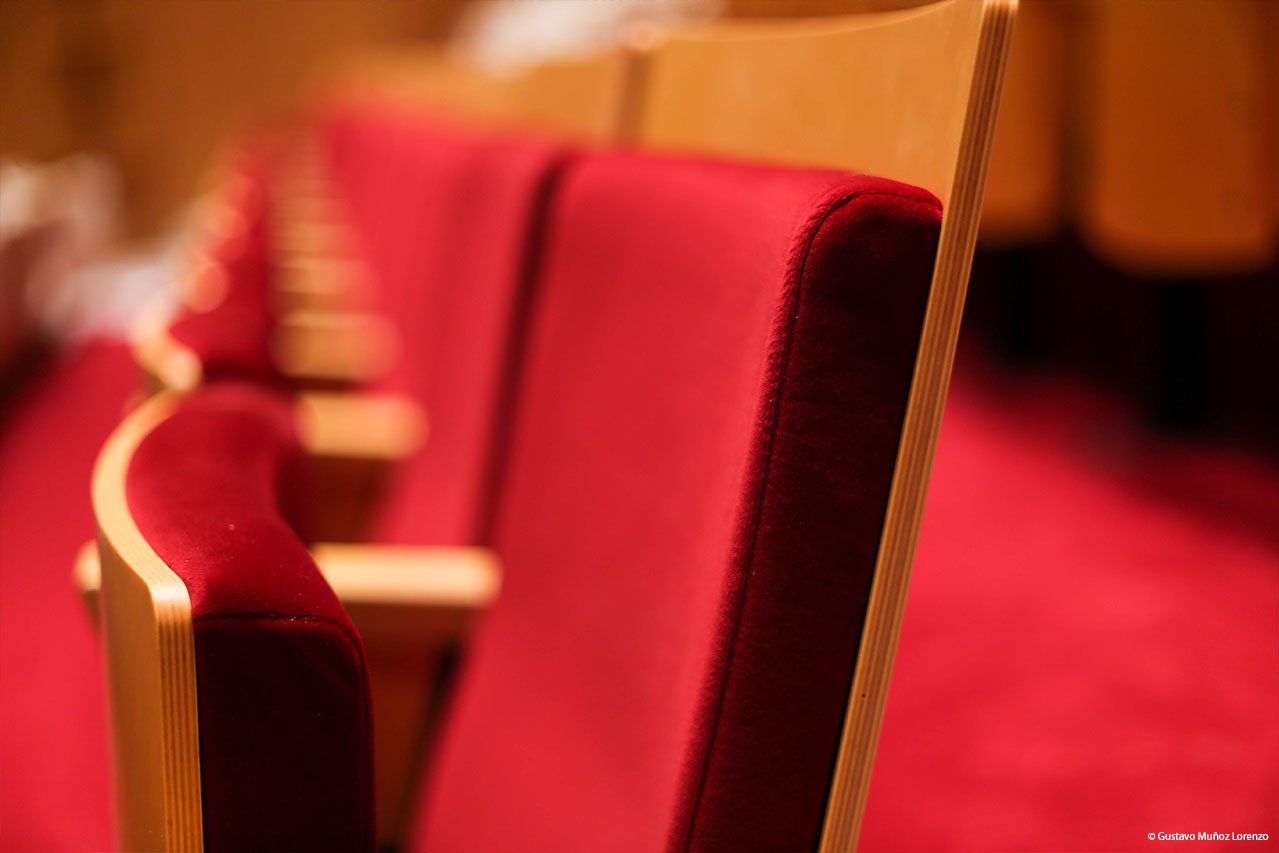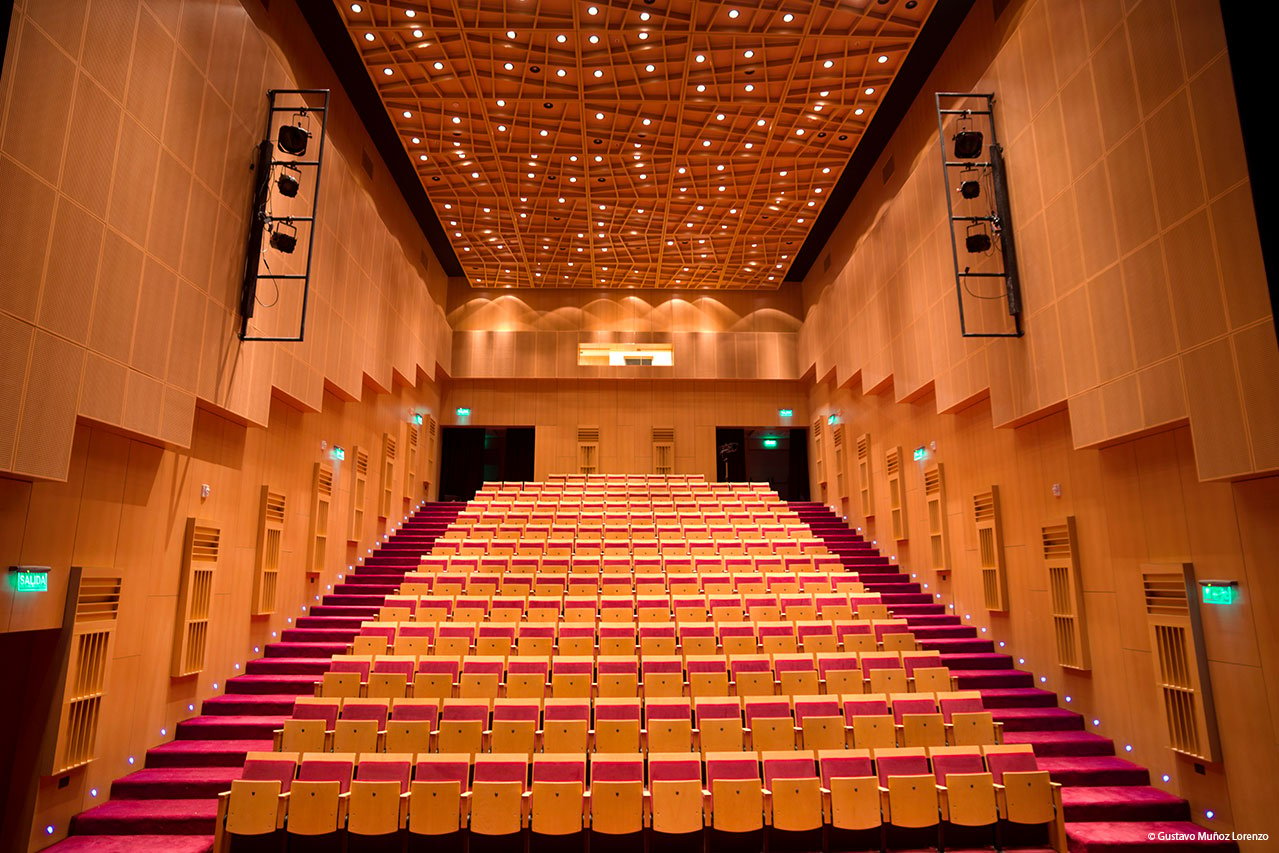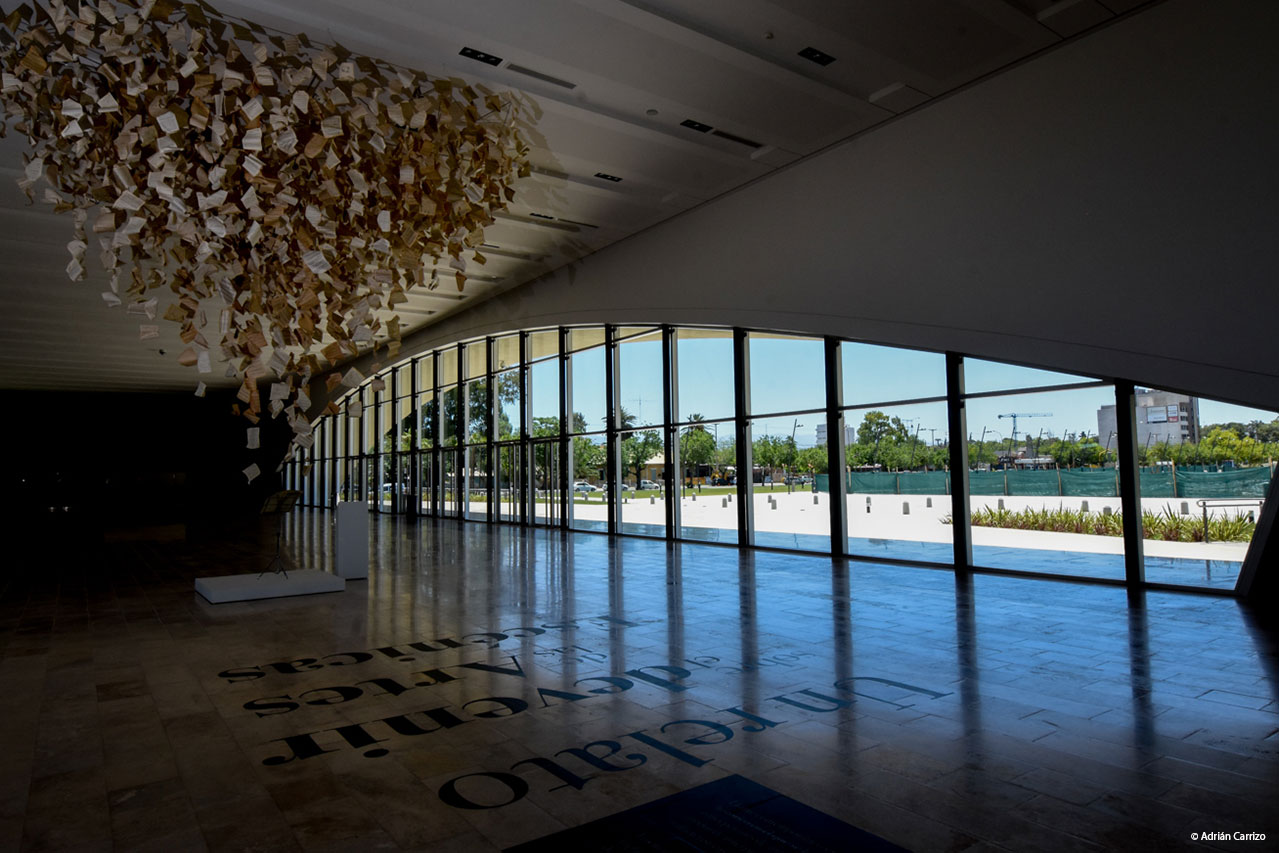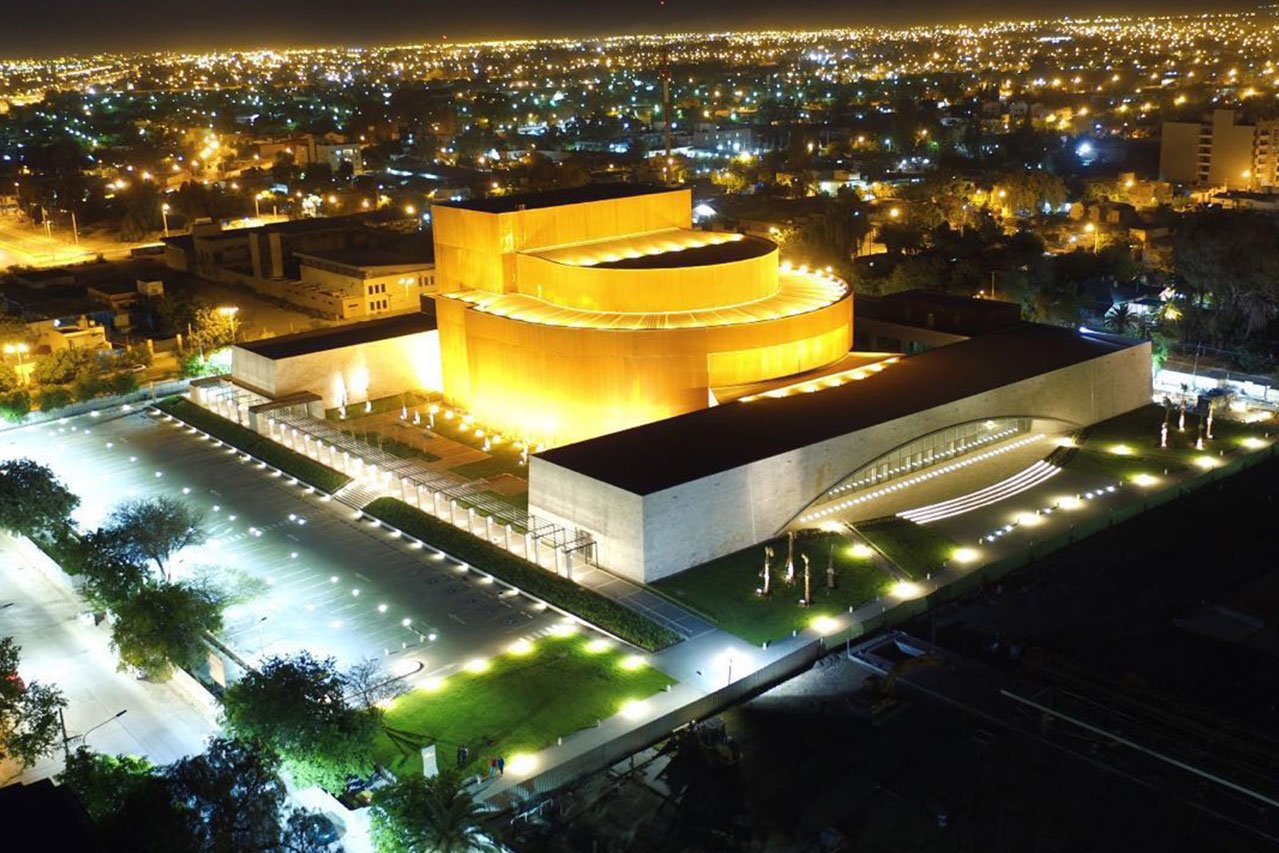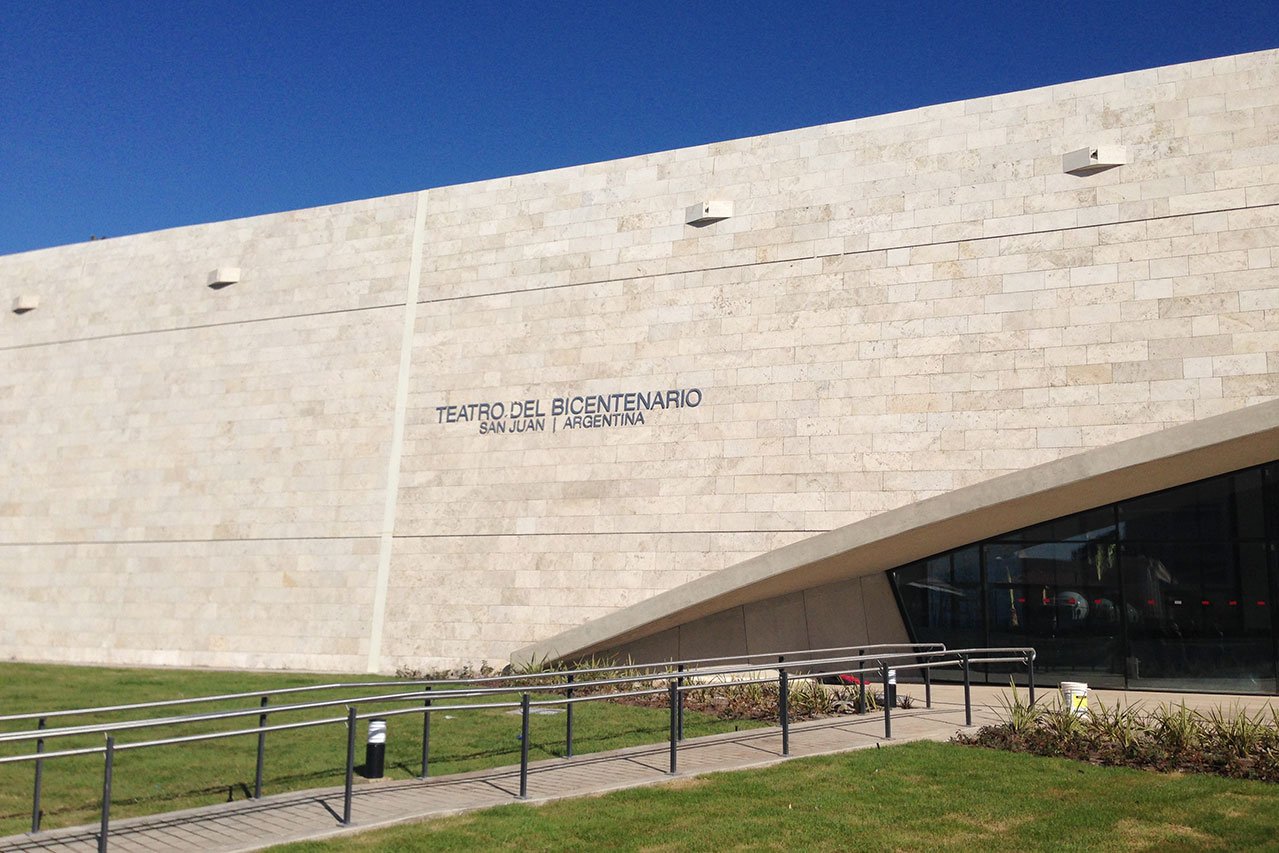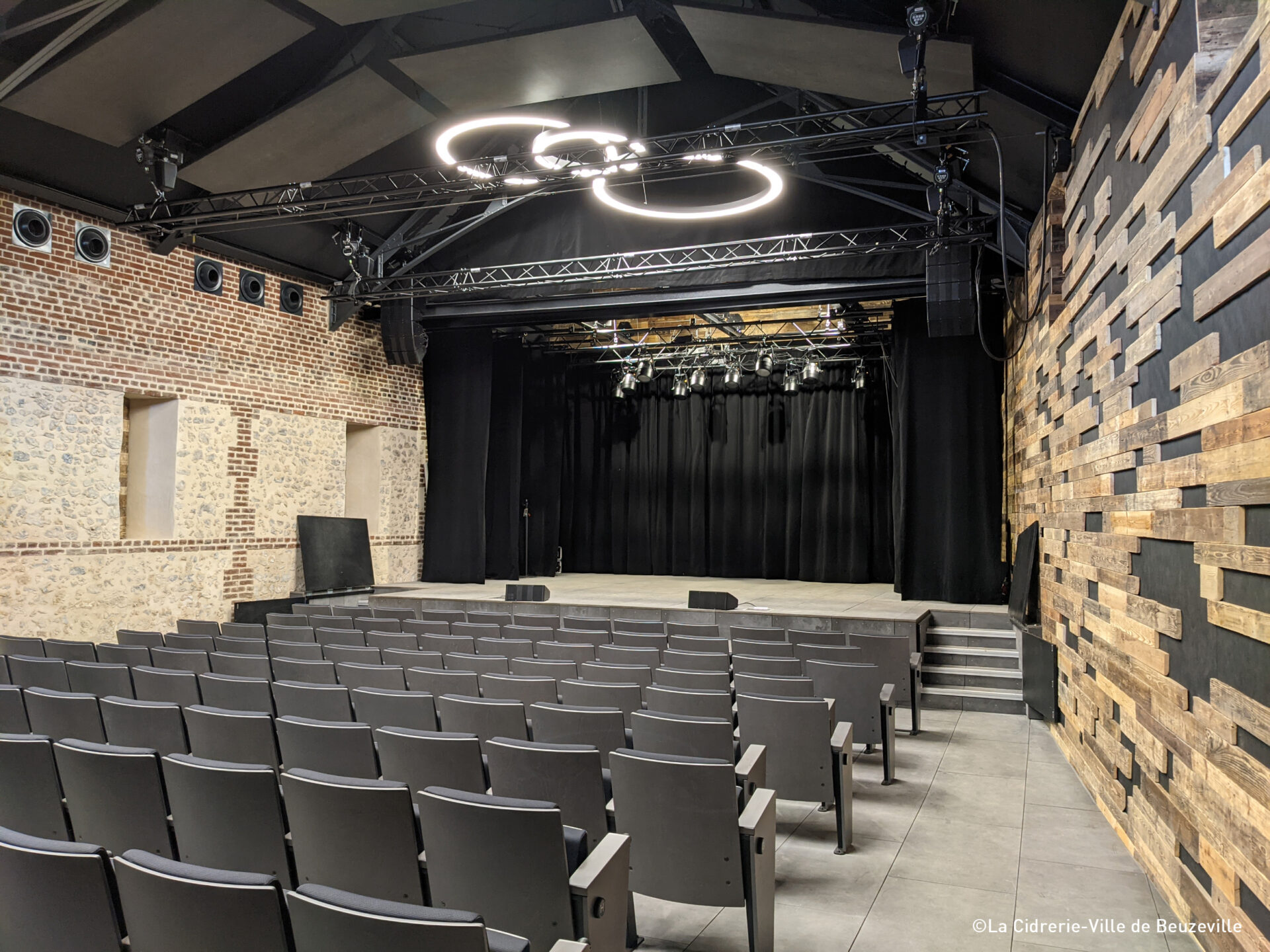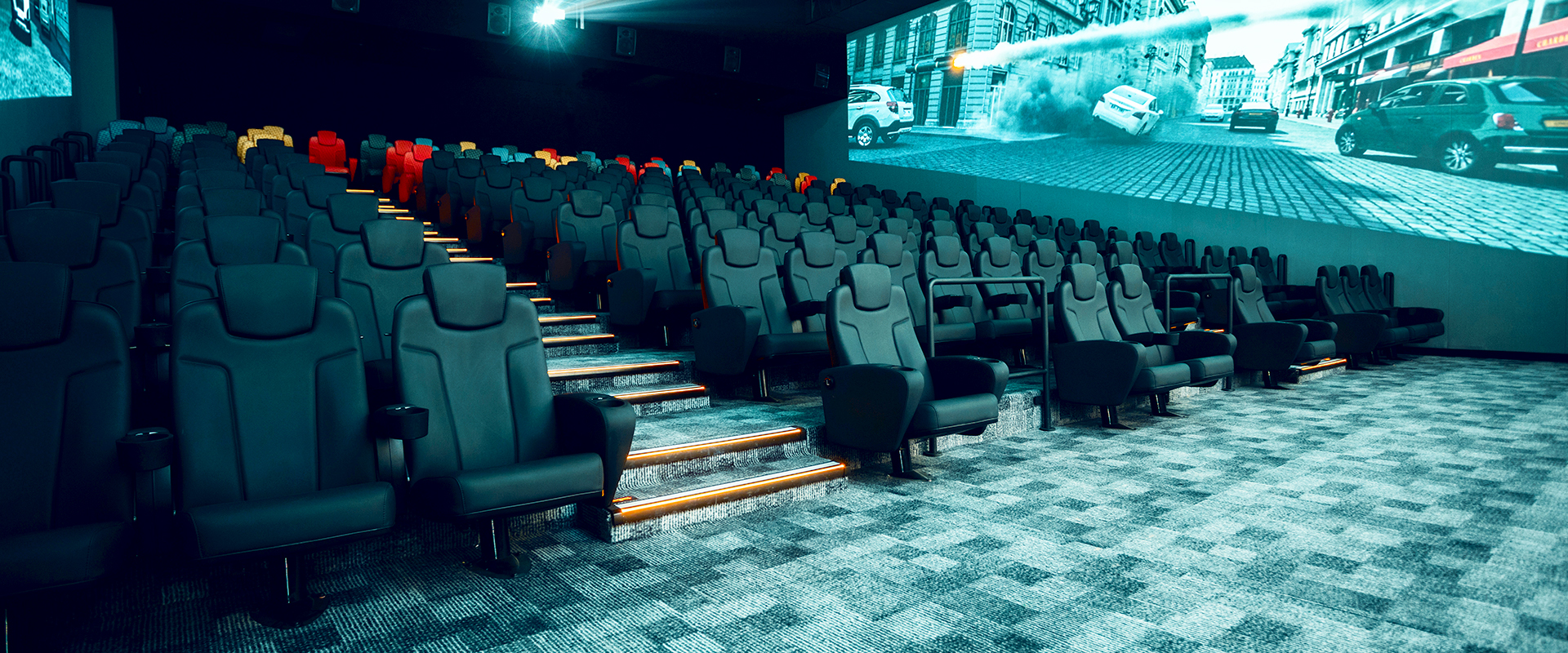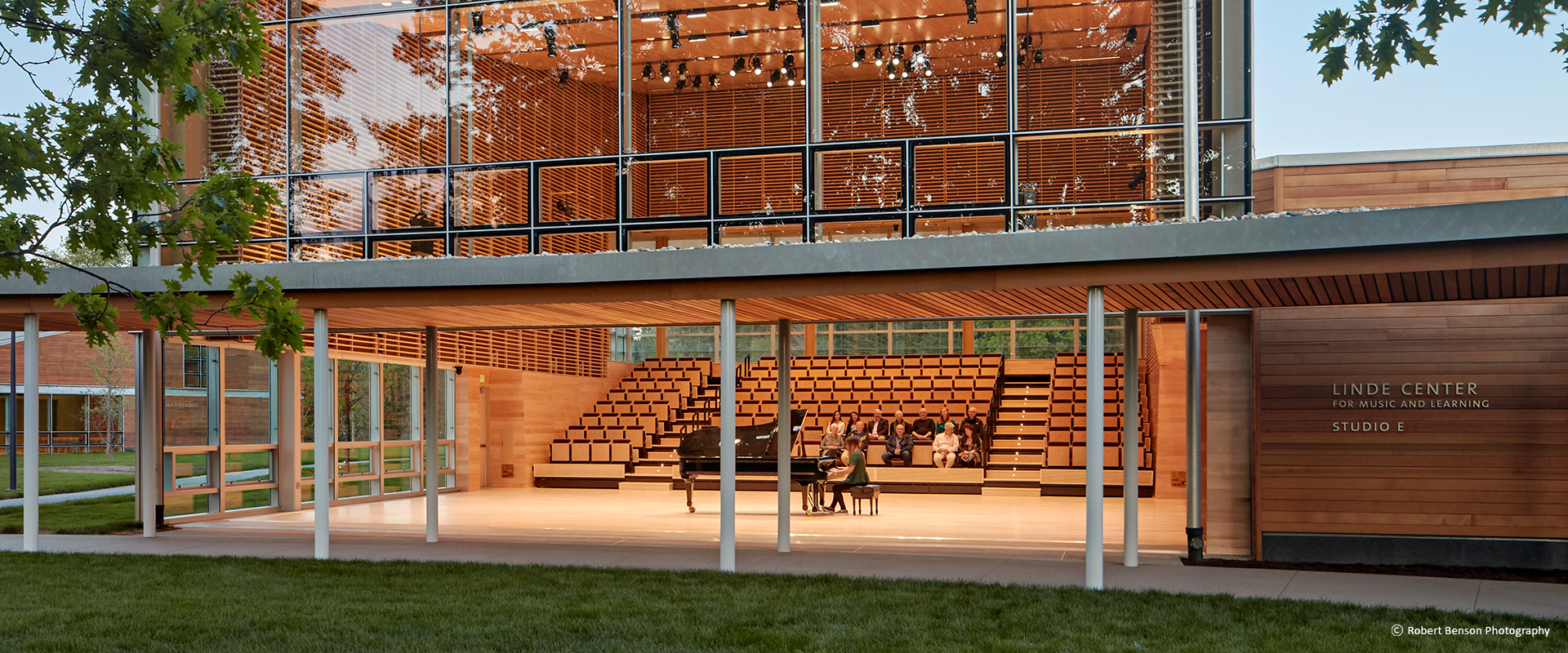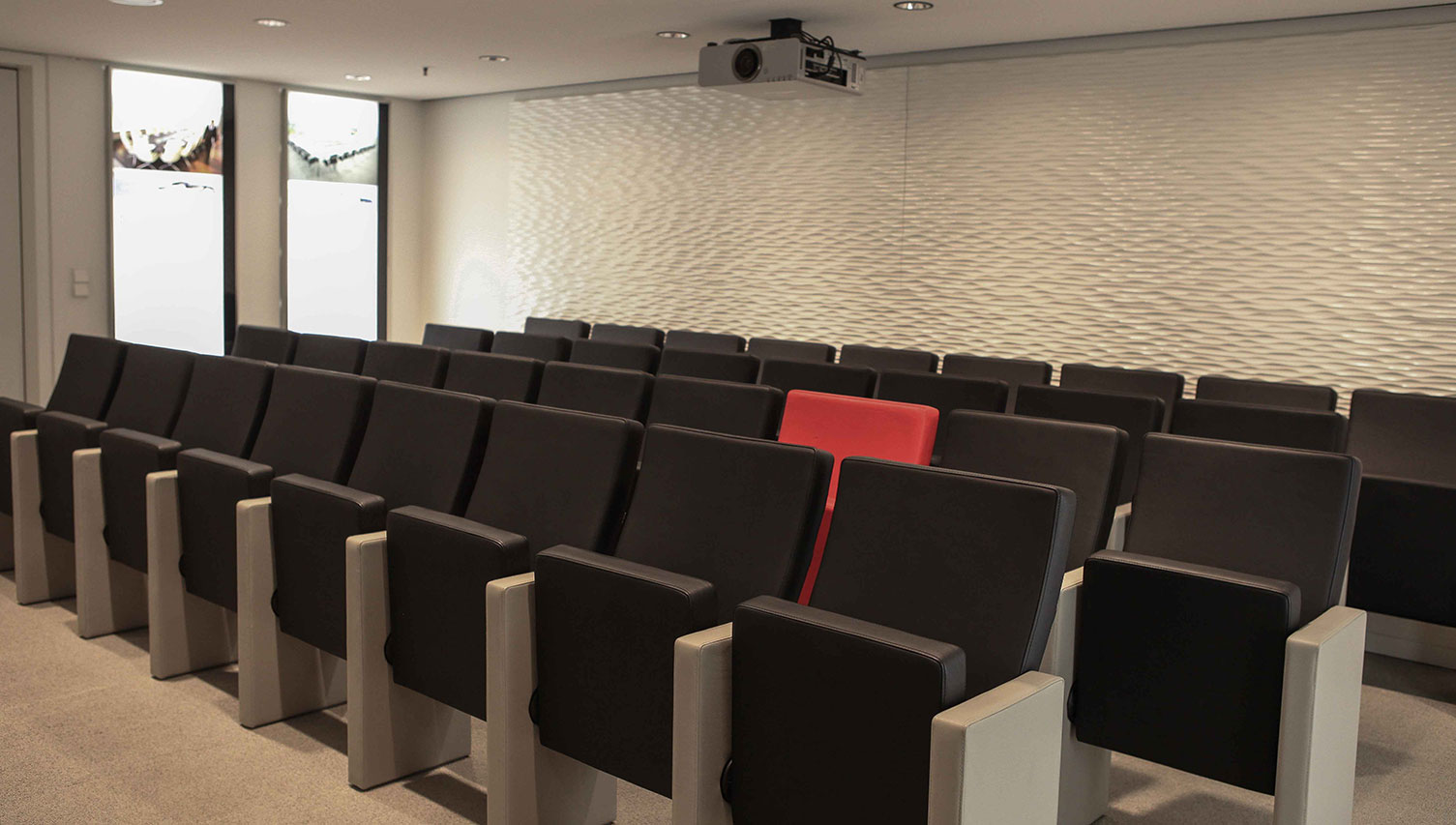Teatro del Bicentenario in San Juan, Latin America new jewel for performing arts
Inaugurated end of 2016, the Teatro del Bicentenario of the city of San Juan (Argentina), has already become one of the most important cultural references in Argentina, a centre open to all artistic genres that stimulates innovation and cutting edge cultural creation. Following the pattern of the famous Colón Theatre in Buenos Aires, and thanks to its modern design and its exceptional technological and acoustic features, it rivalizes with the best stages in the world.
Architecturally, the Teatro del Bicentenario is a monumental work designed by the architects Marco Pasinato and Sergio Bianchi Bolzán and constructed by Panedile. It has the appearance of a solid block, in which the imposing main hall in the form of a horseshoe, clad in corten steel, stands out with its earthy colour reminding us of the San Juan Mountains. The building’s main façade has a large arch that symbolizes the Bicentenary portal, with 63m of free light and 6m in height; this forms the grandiose main entrance to the theatre. This large concrete arch is clad with 9,000 marble travertine tiles from San Juan.
The project is a mastership in terms of excellence and taste in the finer details, the quality of construction and the products used. With such high standards in terms of design, engineering and execution, the Teatro del Bicentenario of San Juan is undoubtedly the new jewel of the performing arts in Latin America.
Challenges of the Project
The main hall of the theatre, designed in “Italian style”, can host a symphony orchestra of approximately 100 musicians and 1,129 spectators distributed over 3 levels. This allows Teatro del Bicentenario to produce and perform shows such as lyric performances, ballets, symphonies and choirs, chamber music, recitals, prose theatre and other cultural events.
The staging area of the Teatro del Bicentenario is equipped with the latest technology and includes a rotating stage, capable of holding up to three different scenes at the same time and changing them in 30 seconds, as well as an orchestra pit with a spiralift system. The entire hall is covered in wood and is positioned above a metal structure that acts as a sound box which works in an analogous way to a musical instrument and be tuned. This is achieved with the front of boxes being covered in wooden blinds and curtains that can be adjusted according to the acoustic requirement.
This monumental task and the acoustic, safety, aesthetic and technological requirements made it imperative to have the best type of seating installed, which would be capable of responding to each of these challenges without exception. Figueras provided their experience in the installation of theatres and first-class symphonic halls, creating a special chair for both the main hall and the secondary one.
Product supplied
The construction company responsible for the project, together with the architects and acoustic engineers, worked with Figueras to design a customised seat, giving a perfect acoustic response in the hall as well as complying with the exceptional safety requirements, thanks to the incorporation of flame retardant materials.
The model is an elegantly designed seat which is extremely comfortable due to its 55cm inter-axes, making it possible to give priority to the spectator’s comfort rather than to the theatre director’s box office choice. Made with first class materials and combining a wenge colour in the main hall – and a guatambu like colour in the smaller hall – with the burgundy red of the upholstery, the Teatro del Bicentenario seat also has special drawer type side panels, which provide acoustic elements. All seats include a “Soft System” control rise technology, so that when the chair is vacated the seats returns noiselessly in position thus not interrupting the performance by any sound.
The position of the seats was readjusted by Figueras CAD department several times during the planning stage to reach isotopic and acoustic perfection, with each seat adjusting perfectly to its dedicated space.


